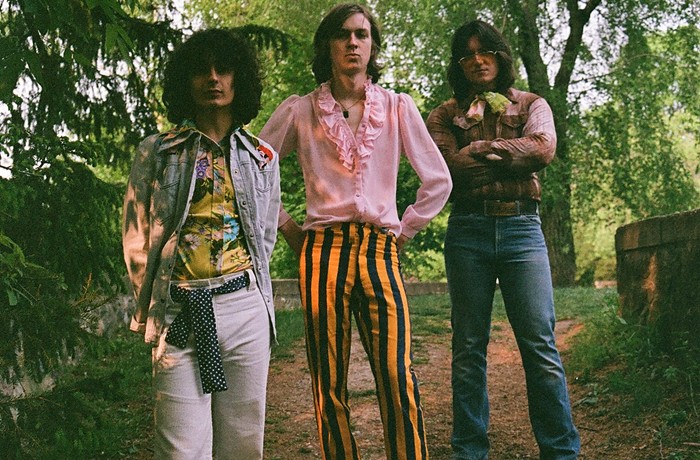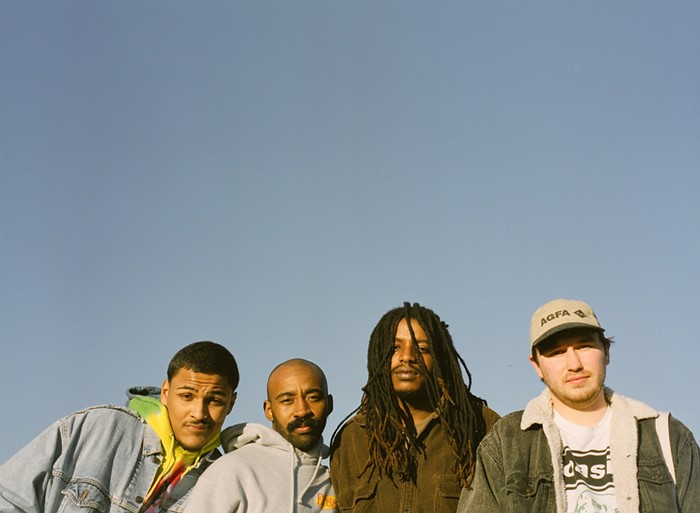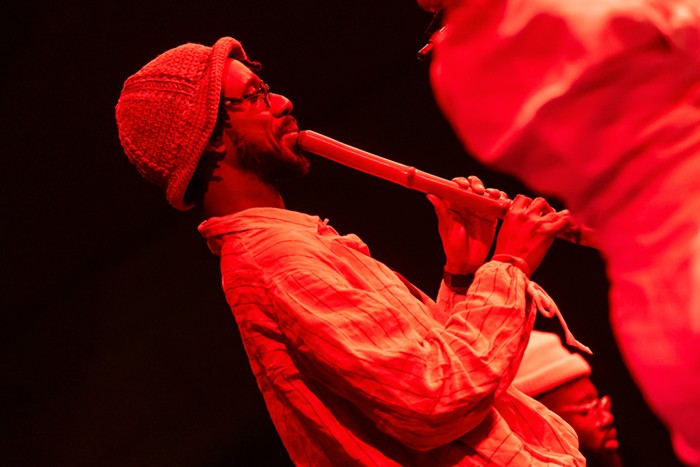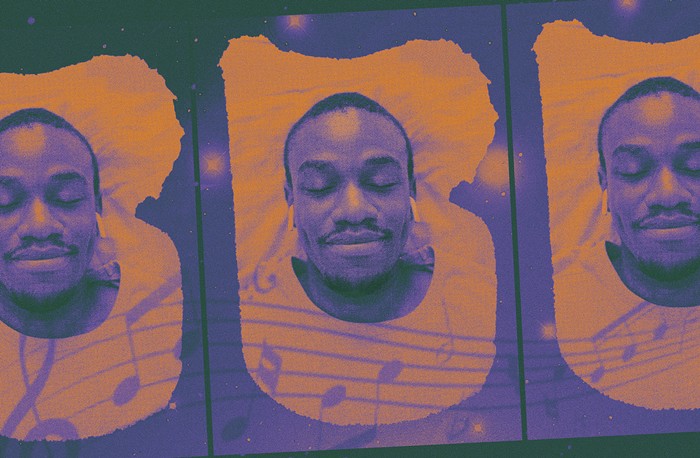All that has changed, bit by bit. Cornish kids are still playing bebop, but now they are taught by Julian Priester, Jovino Santos Neto, and Hadley Caliman, and the eclectic results are showing. Pioneer Square is still a pit, but down the hill the OK Hotel is hosting a new brand of improvised music, with groups from Ponga to Axolotl to Bill Frisell, all of whom bastardize jazz with electronica and rock. That's right -- it's Bastard Jazz, and we now do it better than anyone else.
The Northwest, home to great opiates and a slew of serial killers, is well-positioned to continue the long tradition of insobriety and slight insanity that fueled this brand of out-jazz. Bastard Jazz started generations ago, probably with Charlie Parker, the first of the maniacal, speedballing jazzers. When Coltrane got junked up later on, he wasn't just getting high for himself -- by advancing Parker's musical work, he also picked up where Parker's delirious heroin jag left off. Then came Ornette Coleman, who was triple-high from accepting the Parker and Coltrane junk baton -- as a result, Ornette was sicker and more "out" than either of his predecessors.
So it goes until this year's Earshot, where there are a host of musicians who probably have never touched the stuff and yet have inherited 50 years of dopesickness and depravity. That's why they run jazz lines through digital converters and reinvent standards with electronic bleeps, acoustic screams, and uncomfortable silences.
Seattle's out-jazz scene may owe its innovation to past generations, but this year's Earshot Jazz Festival also places the local scene within a national context. Supported by the rising local interest in experimental music, John Gilbreath and his Earshot Jazz organization have put on some muscle and attracted a towering lineup of the best avant-garde jazzers in the country. Yes, they've also got traditional big names like Kenny Barron, Chick Corea, Ray Anderson, and Branford Marsalis, but the true distinction lies in the mighty assemblage of radical players. Because of the emphasis on unique sounds, Earshot can now stare down festivals in San Francisco, Chicago, or New Orleans, and not bat an eye. San Francisco is still intent on playing wine-and-cheese jazz, Chicago is stuck on the blues, and New Orleans -- well, that's just a big frat party. In Earshot's blend of local and national Bastard Jazz, Seattle has finally found its place in the jazz world.
The biggest catch of the festival is the Equal Interest trio, making a rare appearance with Roscoe Mitchell (Thurs Oct 21). Don't go running to your Penguin Guide to Jazz to find more on Equal Interest -- they're not in there. Both Roscoe Mitchell and Joseph Jarman, the sax player from Equal Interest, have been mostly ignored by mainstream jazz since the dissolution of their Art Ensemble of Chicago.
This is because Roscoe Mitchell, who plays a variety of saxophones, is a definite Bastard in the jazz world. He is an absolutely powerful instrumentalist, with as good a command of the saxophone as anyone alive, but he consistently refuses to make the public comfortable. He won't play "songs," he won't swing for anyone, and yet his brain food solos are among the most challenging and worthwhile events in all of post-bop jazz.
Joseph Jarman has likewise expanded beyond traditional jazz, combining his saxophone playing with a mastery of bells, gongs, and other "little instruments." Jarman is also a poet, a Buddhist priest, and an instructor in the martial art of aikido; he's also been known to wear face paint and dance during his performances, which are occasionally provocative bordering on insane. Equal Interest also features violinist Leroy Jenkins and pianist Myra Melford, both of whom are blazing players with little allegiance to jazz convention.
My bold prediction, however, is that national acts like Equal Interest, as well as the lavishly praised New Art Jazz Quartet (Wed Oct 20), will be matched in intensity and innovation by our own local Bastards. Although Wayne Horvitz, as a big fish in our little pond, may get too much local lip service, there's no doubting that his 4+1+4 show with the Seattle Chamber Players (Tues Oct 26) will be one of the festival highlights. The evening marks the debut of a fresh series of jazz-chamber compositions and features the out-trombonist Julian Priester along with Tucker Martine, whose electronic wizardry will add all the bleeps that a Horvitz production requires.
The best news about Earshot is that it's just the beginning. The Seattle out-jazz scene is getting its swerve on, and with the extra push of this year's Earshot festival, Seattle's Bastard jazzers will continue playing fearless music for an increasingly fearless public.


















